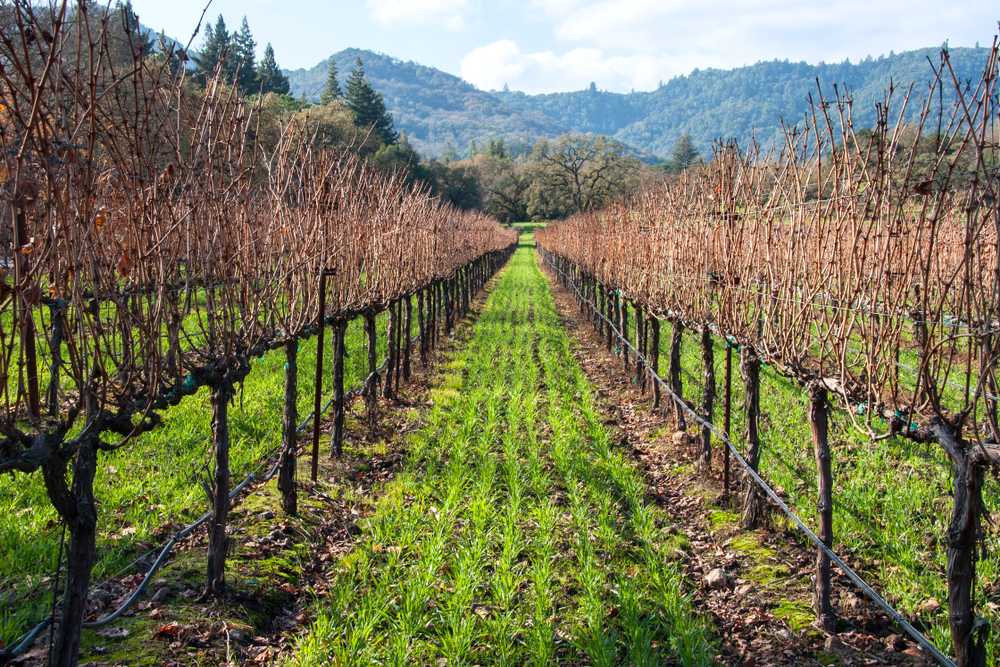We’re learning that not only do we need intensive microbial communities in our soils, but we also need a broad diversity of microbes. Soil microbes are critical for vigorous plant growth including:
- nutrient cycling;
- decomposition of organic substances leading to soil organic matter (SOM) and aggregate formation;
- protection from plant pathogens; and
- synthesis of plant growth-regulating compounds for root growth stimulation and vegetative production.
Soil microbes can also accelerate the healing of soils damaged by pesticides and herbicides. There are specific groups of microorganisms, for example, in which each member produces specific enzymes to carry out one or more steps in the degradation pathway that creates Soil Organic Matter (SOM). Complex organic substances such as lignin and cellulose in plant residues are broken down by enzymes produced by these microorganisms.
Despite the widely accepted view that microbial structural and functional diversity are critical components for soil health, there are few identified microbiological indicators of soil health compared to those based on chemical and physical properties. Standardized testing for soil health is not yet available. This has prompted organizations like the Soil Health Institute and the Soil Health Partnership to assemble datasets for use in developing soil models and corresponding management guidelines.
Growers would significantly benefit by knowing how effective their methods are in improving and maintaining soil health. A soil health assessment of their lands would help validate their management or suggest adjustments. We do have the capacity to measure SOM and the mineralizable nitrogen (N), aggregate stability, pH, soil nutrient contents including phosphorus (P), potassium (K), and magnesium (Mg), and available soil water-holding capacity (AWC), for example, but these measurements aren’t telling us enough about our underground world.
Andaman Ag’s compost teas like MetaGrow ST and fish hydrolysate, Pacific Gro, provide tremendous microbial diversity to the soil. We are keen to find easy-to-use tools to measure their impact on our customers’ ground, in order to reveal areas for improvement.




